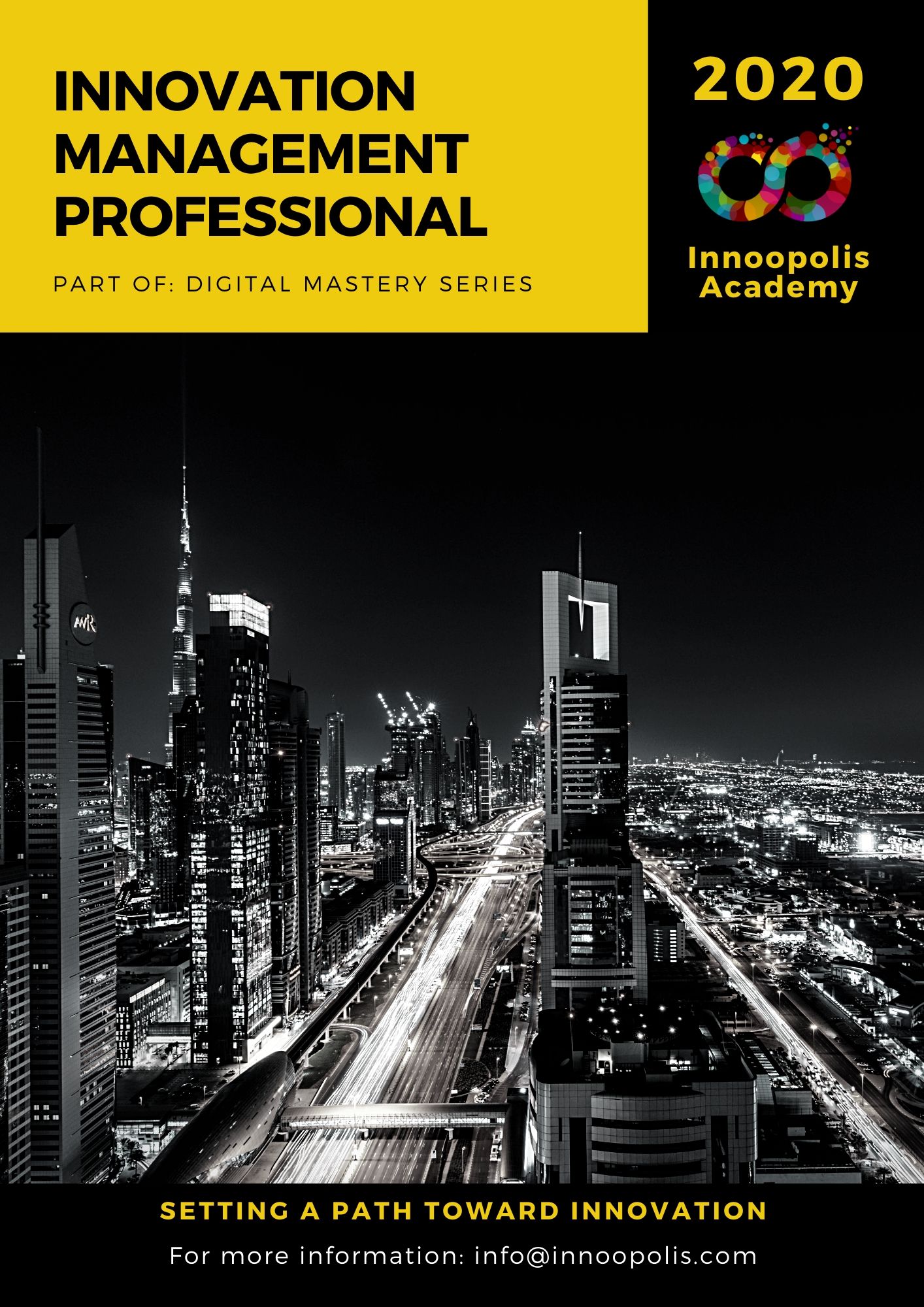EQUIPMENT NEEDED
Participants should bring their laptops, as they will be required to do presentations throughout the training. Canvases and templates for the exercises will be provided during the course.Participants should have presentation software like Powerpoint available on their laptop as well as planning tools like Excel.
WHO SHOULD ATTEND?
This course is intended for anybody that wants to get a thorough understanding of how to define a digital transformation strategy and prepare a digital transformation roadmap. It is meant for strategy leaders, business managers as well asproject managers, designers and technical staff that will be part of the project execution.
COMPETENCIES
Strategic Planning:Set priorities, allocate energy and resourcesto establish common goals, establish agreement around intended outcomes. Assess and adjust the organization’s direction in response to a changing environment. Provide guidance, decisions and actions that will shape the futrue of the company. Define key success factors.
Business Modelling: Use research, benchmarks and validation to identify how concepts can be implemented and monetized. This is done through definition of proper customer segmentation, revenue models, customer acquisition channels as well as costs and resources needed to setup and operate the business.
Change Management:Prepare, support and help individuals, teams, and the whole organization in making organizational changes, process changes or technology changes. Secure change inititiatves are properly communicated and understood. Secure progress is tracked properly and corrective measures are taken when needed.
FinTech Understanding: Basic understanding of Financial technology, i.e. technology and innovation that aims to compete with traditional financial methods in the delivery of financial services. This is referring to technologies like KYC/AML technology, Blockchain, Digital Identities, Payment Gateways, Digital Wallets, etc…
COURSE OVERVIEW
Know More
Changing end-users needs, the emergence of exponential technologies and the speed of change force companies to rethink their growth strategies. This is true in particular for the Financial Services industry, where the threat of unbundling as become real as startups have emerged to challenge incumbents. Financial Services companies need transform or risk of being disrupted.
The strategic planning in itself has to change, with a need to respond to emerging trends and signals much faster. The speed of change and the need to become increasingly agile means that many financial services companies need an overhaul in both their internal processes as well as customer facing processes. They need to move faster and become more innovative.
Improving the user’s experience, automating whatever can be automated, having a digital and mobile first approach to new services, rethinking business models and becoming more innovative are all important aspects of this digital transformation journey.
Initiating a digital transformation requires the whole organization to be on-board and that requires strategy managers, business leaders and digital transformation professionals to share a common view and understanding on what objectives to achieve but also what methods, tools and framework should be used to keep everybody aligned and engaged.
In this training, you will learn how to use a digital transformation frameworkthat will guide you step by step in the process of building a vision and transformation roadmap that is aligned with you business objectives. It will empower your teams and change agents by using concrete methods and tools to facilitate the definition and implementation of a roadamp. By taking a holistic approach teams will learn about dependencies between projects and departmenrs, they will learn when and how to collaborate, they will have the right insights to prioritize and the right structure to measure progress.
To drive that change that is associated with a digital transformation it is essential to take a structured approach. An approachwhere workstreams fit into an overall framework, where key success factors are understood and where progress is measured, and tactics are adjusted when needed.
The digital transformation professionalis a change agent. He is an individual that masters the transformation framework and that understands the methods and tools needed to drive change. He supports the digital transformation process from the initial strategy definition to the execution and implementation of the transformation roadmap.
LEARNING STYLE
This training will be highly immersive as we will work with concrete case studies, have plenty of exercises and can work toward challenges specific to your organization.
The attendees will be provided tools and templates that will help navigate the digital transformation from straetgy to execution. Each new tool and technique will be accompanied by exercises ensuring the delegate’s learning is maximized.
ADDED VALUE
Here are some of the tools and templates provided during the training
• SWOT Analysis
• Business Model Canvas
• Digital Maturity Assessment
• Customer Journey Mapping template
• Opportunity Mapping template
• Opportunity Prioritization check-list
• Digital Transformation Roadmap
TRAINER BIO AND HIGH RESOLUTION PHOTOGRAPH
Industry thought leader with 20+ years Experience in the Mobile industry, Jean-Luc has a solid track record in digital technologies. He has been advising Telecom Service Providers, like Etisalat, Turkcell, STC, Zain or Oredoo on Digital Transformation through mobility, IoT, Bigdata and Cloud. Over the years, Jean-Luc has also developed a passion for innovation and became an innovation coach in 2014, in 2015 he was award the Ericsson’s president award for his efforts in innovation, he later joined Ericsson’s InnovationAwards teams as a judge and mentor. He is now combining that skill with the sales and marketing experience gained at Ericsson to help startups and corporates to innovate and grow their new businesses. Founder of Innoopolis, A Digital Innovation Factory, Jean-Luc helps enterprises to get more out of their innovation initiatives: from idea to concept, designing and developing, selling and scaling. A recognized player in the startup eco-system, Jean-Luc is also a jury member of global organizations like the World Summit Awards. He is a regular keynote speaker on topics related innovation & tech

